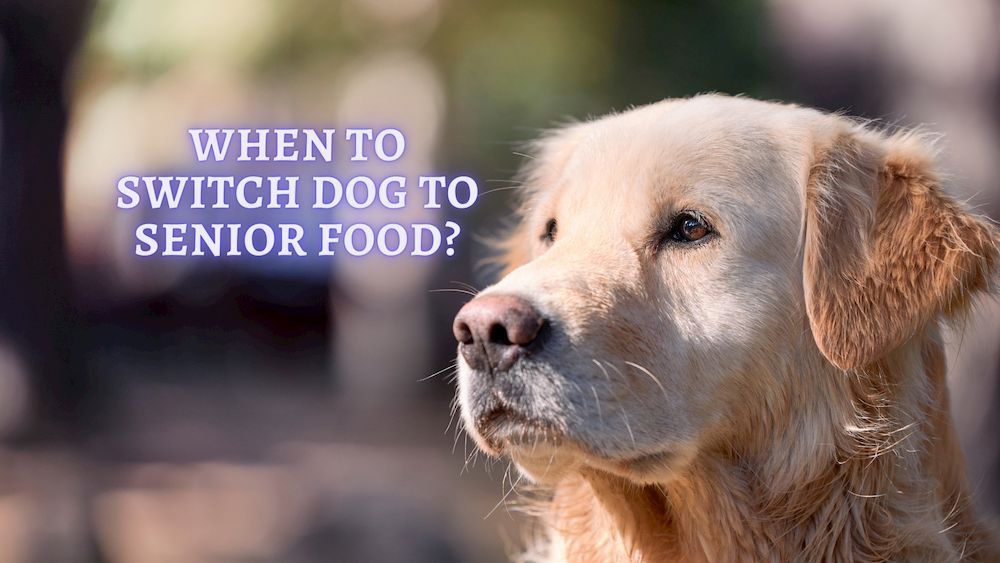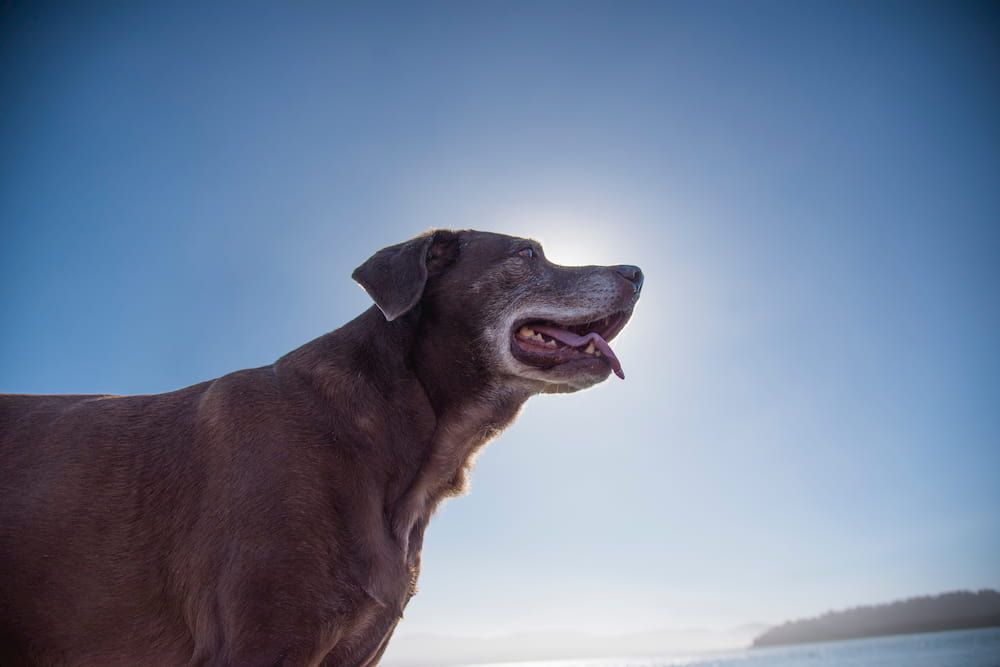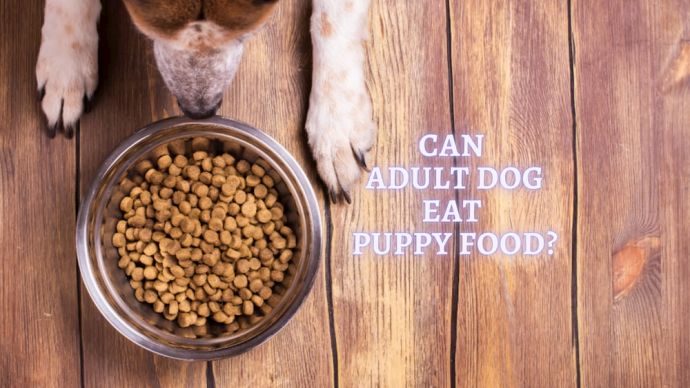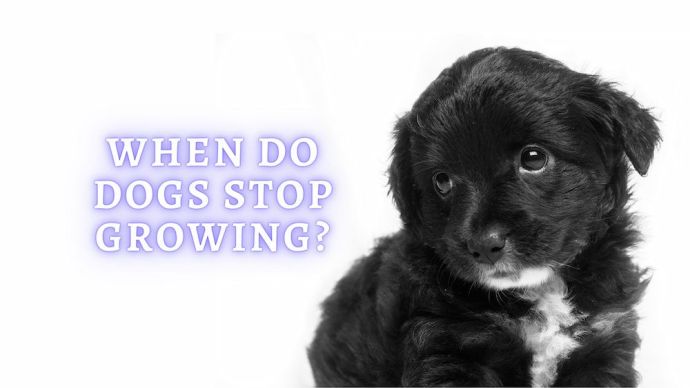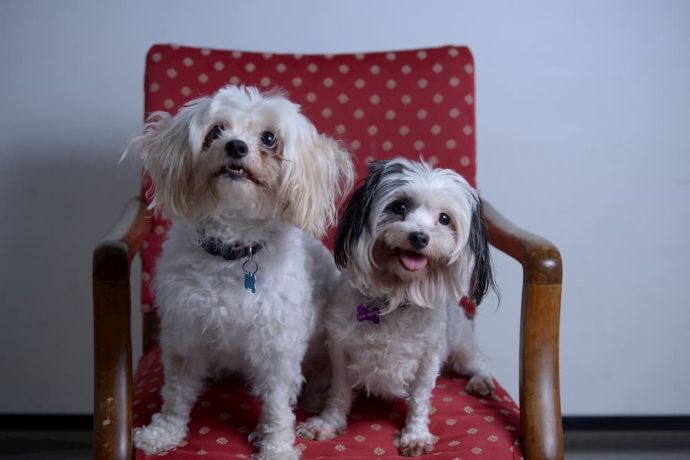When to Switch to Senior Dog Food?
Written by:
Author: Vicki Smirnova
Vicki Smirnova is a professional writer and editor who adores animals and helps readers get along well with their pets. She has been working in digital media for more than 5 years and has great experience writing content about lifestyle, including pets. Vicki specializes in dog health and nutrition, cat feeding, dog training. She is an aquarium lover and is passionate to write about fish care at home. Also, Vicki headed several websites and worked as a news editor.
View all 245 articlesLearn about our editorial process and veterinary review board.
Reviewed by:
Veterinary review
by Dr. Joanna De Klerk
Dr. Joanna de Klerk is a professional Clinical Veterinarian. Member of the Royal College of Veterinary Surgeons UK and a member of the South African Veterinary Association. Graduated with a Master of Science in Tropical Animal Medicine in 2018. Professional author, she has been writing in scientific journals, and also several book series. Joanna loves to enjoy time with her young daughter and family in her free time.
View all 10 articlesLearn about our veterinary review board
Viewed: 171
Updated on: 11/24/2021
As a rule, older dogs lead a less active lifestyle, and their metabolism slows down, so you may notice that your pet gradually adds weight over the years. This is why, as the animal ages, it makes sense to reduce the total caloric content of its daily diet.
Experts call dogs “elderly” if they are in the last third of life expectancy. For different breeds, the life stages of a dog are various. For example, a breed with an average life expectancy of 9 years will be considered elderly at 6. The poodle, which lives on average for about 15 years, becomes elderly when it reaches 10.
It is believed that dogs today live much longer than they did 30 years ago. Many factors contribute to this, including better vaccines and veterinary care, but one of the most critical is better nutrition. Many physiological changes occur in an elderly dog, so it is recommended to choose a different diet than before. However, there are exceptions to this rule: if the dog is active and in good shape, it can continue to eat and train according to the previous program.
RELATED ARTICLE: Best Senior Dog Food
Most types of food for older dogs combine reduced calories and an optimal balance of other nutrients, such as essential fatty acids and antioxidants, to maintain an aging dog’s joints and immune system and keep it in excellent condition.
Because older dogs tend to lead a less active lifestyle, especially if they have some mobility problems (such as osteoarthritis), they may be more likely to be overweight. Some health problems can lead to weight gain, which, in turn, can cause many severe diseases and put additional strain on your pet’s joints. This is why it is so important to regularly monitor changes in your pet’s weight.
To fully control your pet’s weight, you can use exceptional food designed for older dogs and contains both an increased amount of protein and a reduced amount of calories.
If you believe that your pet has gained extra weight, be sure to discuss this with an experienced veterinarian, who will help you decide on further actions. Most likely, you just overfeed your four-legged friend, although the cause of excess weight can be some disease that needs treatment as soon as possible. However, after a medical examination, the veterinarian can recommend switching your pet’s diet to special foods intended for older dogs.
Do not forget to consult a veterinarian if you plan to increase your pet’s level of physical activity to reduce weight, especially if it has certain diseases that restrict motor activity. Keep in mind that you can always find a form of exercise suitable for the health of your four-legged friend (for example, hydrotherapy).
What is the optimal amount of Food for an Elderly Dog?
Remember that older dogs are more likely to be overweight, so do not overfeed them. If you have recently changed food, do not forget to strictly follow the product packaging instructions to determine the portion size. At the same time, keep in mind that these instructions are no more than general recommendations, so continue to monitor your pet’s physical condition and weight closely, controlling the amount of food consumed by them during the day. Finally, do not forget that constant access to clean and fresh drinking water is an essential part of a proper and balanced diet for your pet.
READ MORE: Fresh Dog Food Delivery
How to feed Senior Dog correctly?
It may be that your dog is used to eating two meals a day, but when it reaches an advanced age, it will most likely prefer a different eating regime — more frequent and in small portions.
Depending on which food you choose dry or wet food, you should approach feeding a little differently. Do not forget that the smell and taste of food become most attractive to the dog at room temperature. If you serve your elderly pet food stored in the refrigerator, then get it out about two hours before eating — then its temperature will be optimal. If this is impossible, quickly reheat the wet food in the microwave; the main thing is not to overdo it: make sure that the food is not too hot; otherwise, your pet may get burned.
In turn, dry food should be stored in a clean and inaccessible place. To prevent it from losing its taste and smell, keep it in an airtight container.
When it’s time to eat, feed your elderly pet in a quiet, secluded place where it can eat in peace, without being distracted by extraneous noises and household fuss. If you have several dogs, it is advisable to feed them at the same time, but separately from each other, so that they do not fight and do not take away each other’s food. Remember that older dogs with arthritis can often find it difficult to bend over for food so that they will need a slightly raised bowl above floor level.
READ MORE: Stem cell therapy for Dogs
How to make a Feed replacement correctly?
The main mistake of many dog owners is to replace the food immediately. Unfortunately, this can lead to diarrhea or vomiting or even to an acute upset stomach in your four-legged friend.
It is best to make the change in stages. On the first day, leave about 75% of the usual food in the bowl and add 25% of the adult food. It is crucial to monitor the dog’s reaction after eating to see any adverse side effects. If everything is good, then on the second day, you can mix the feed-in equal proportions. On the third day, 75% of adult food is put in the bowl, and finally, on the fourth day, you can completely give the dog a bowl with other food.
By the way, the same scheme will be relevant if you need to replace one food with another (choose a different manufacturer or other flavors). After all, it is possible that if one pet food with salmon is perfect, then the second will not cause stomach upset. Therefore, at the moment, it is also important to pay attention when changing the food for your four-legged friend.
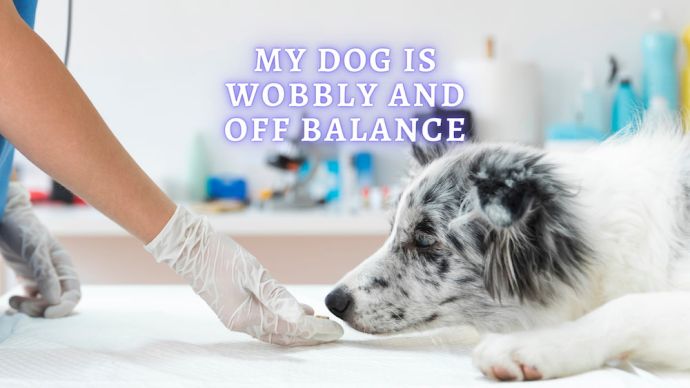 Dog Care My Dog is Wobbly and Off Balance: What Should I Do? (Vet-Approved Advice)
Dog Care My Dog is Wobbly and Off Balance: What Should I Do? (Vet-Approved Advice) - 5593
- 0
 Dog Veterinary Tips Why is my Dog throwing up: Causes and Preventing (Veterinary Advice)
Dog Veterinary Tips Why is my Dog throwing up: Causes and Preventing (Veterinary Advice) - 21802
- 5
 Dog Care My Dog Keeps Scratching His Mouth: Reasons Why Your Dog Scratching Face
Dog Care My Dog Keeps Scratching His Mouth: Reasons Why Your Dog Scratching Face - 17170
- 1
 Dog Care Why Is My Dog Bleeding From Its Butt? Causes and treatment of rectal bleeding in the dog
Dog Care Why Is My Dog Bleeding From Its Butt? Causes and treatment of rectal bleeding in the dog - 15126
- 0









